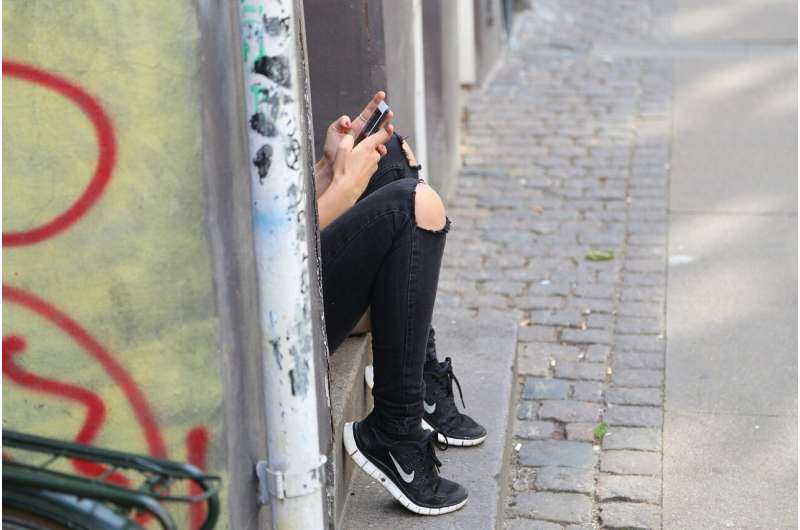This article has been reviewed according to Science X's editorial process and policies. Editors have highlighted the following attributes while ensuring the content's credibility:
fact-checked
trusted source
proofread
Research finds increased risk of suicide and crime after court-ordered child removal in Sweden

Children and youths in Sweden who are placed in out-of-home care via court order run an increased risk of suicide, mental illness, and crime, according to research conducted by Ronja Helénsdotter at the School of Business, Economics, and Law, at the University of Gothenburg.
A particularly vulnerable group in society are children and youths who interact with the child protection system. These individuals often have significantly poorer outcomes and run a high risk of developing destructive behaviors later in life. Research from several Western countries documents that between 2 and 6% of all children will be placed outside the home before they turn 18.
Helénsdotter has, in her dissertation in economics, studied the consequences of removing children from their homes via court order in Sweden. The study is based on a new database that Ronja constructed by collecting and processing over 20,000 child protection judgments from 2001 to 2019.
The study shows that court-ordered removal has a significant, adverse impact on the lives of children and youths. In cases where it is not obvious whether the child should be placed outside the home, the risk of death before the age of 20 increases by several hundred percent, mainly through suicide. In addition, the risk of hospitalization due to mental illness and the risk of committing non-narcotic crimes, such as violent and sexual crimes, increase within the first year after the judgment.
"There are many potential explanations: the emotional stress of being taken from one's home, abuse in the new environment, and interruption of ongoing treatments. However, more needs to be done to understand why some children fare so badly," says Helénsdotter.
A contributing factor may be that children who are placed together affect each other negatively. The children in the study are often placed together with other children, either in foster homes, group homes, or in state-owned institutions, also called SiS homes.
Typically, youths placed in SiS homes have a background of substance abuse or criminal involvement. A large proportion suffers from mental illness. Thanks to SiS systematically recording who lives with whom and when, Helénsdotter was able to use their records to study whether there are negative peer effects among youths institutionalized between 2000 and 2020. The results clearly show reinforcing peer effects in self-harm and drug abuse that persist even after the youth is discharged from the facility.
"Placing youths with a history of self-harm together with a higher proportion of peers who also have a history of self-harm increases the risk of death and hospitalization from self-harm in the future. The same applies when placing youths with substance abuse problems," says Helénsdotter.
Adverse effects of spending time with people with similar problems appear already while the youths are institutionalized, and the youths are often hospitalized for the same reason at the same time.
"An important factor seems to be direct exposure to situations where someone is actively harming themselves or abusing drugs. That exposure can then worsen the person's problems and lead to an increased risk of dying or being hospitalized even after the SiS placement has ended," says Helénsdotter.
An intervention by the child protection system, where a child or youth is taken into care because of problems at home or behavioral problems, can improve the individual's life. At the same time, court-ordered placement can have a considerable adverse impact on the child's health and development.
"However, it is important to be careful when interpreting my results. We should not interpret them as meaning that we should stop providing court-ordered care. There are reasons why these children are placed outside the home. But we must do more to ensure that these children get the childhood they deserve. It is also important to emphasize that I am studying involuntary care. The results can be very different for voluntary placements," says Helénsdotter.
More information: Court-Ordered Care: gupea.ub.gu.se/handle/2077/80362
Provided by University of Gothenburg



















